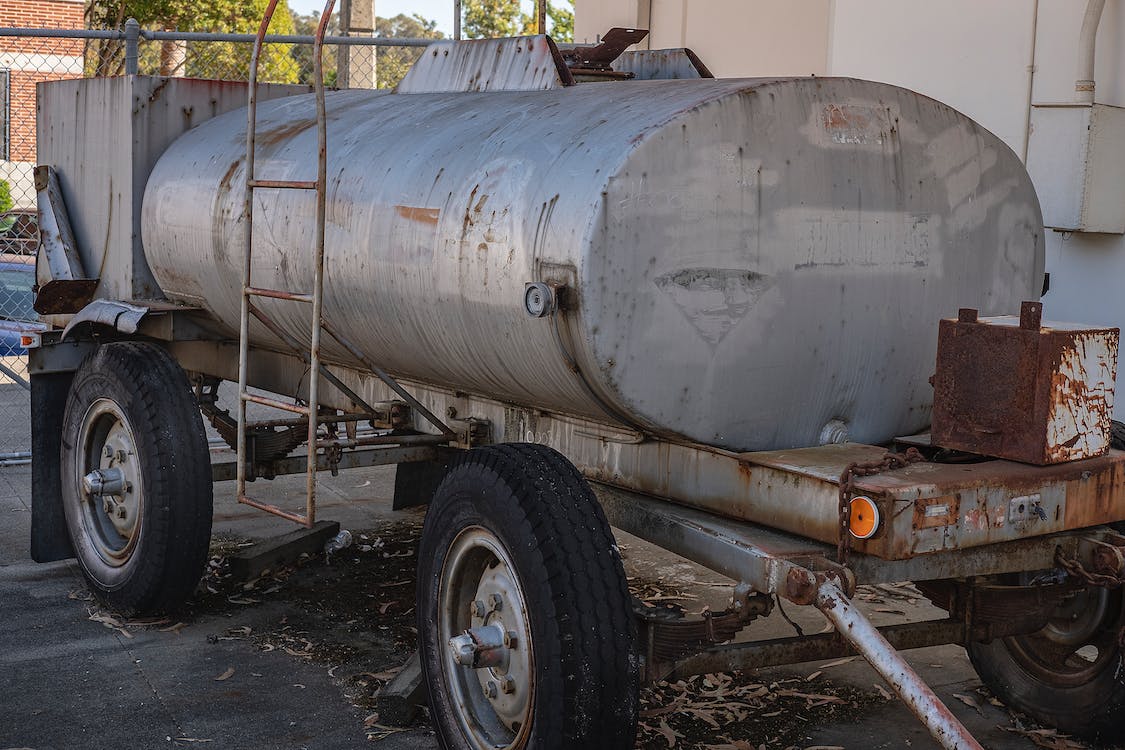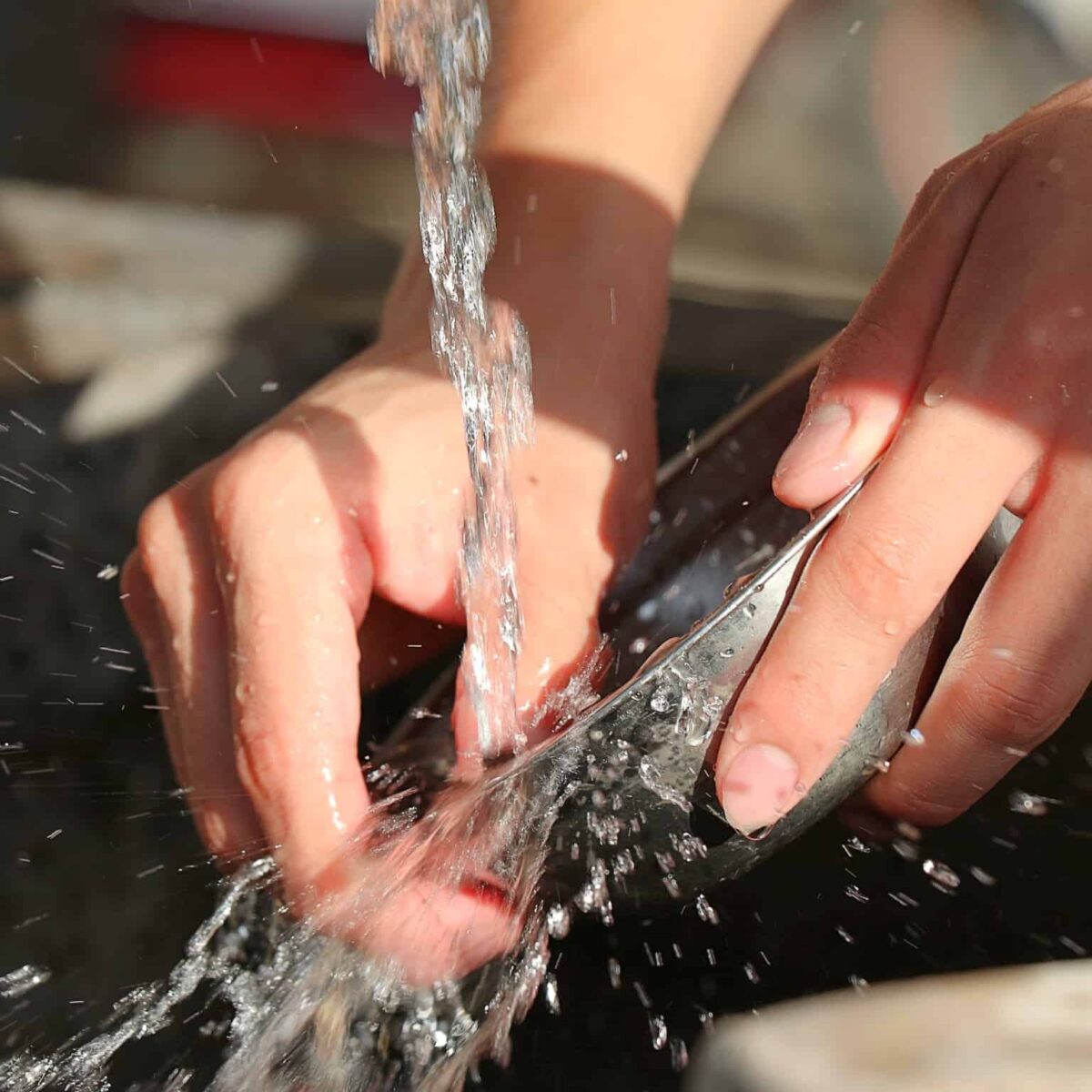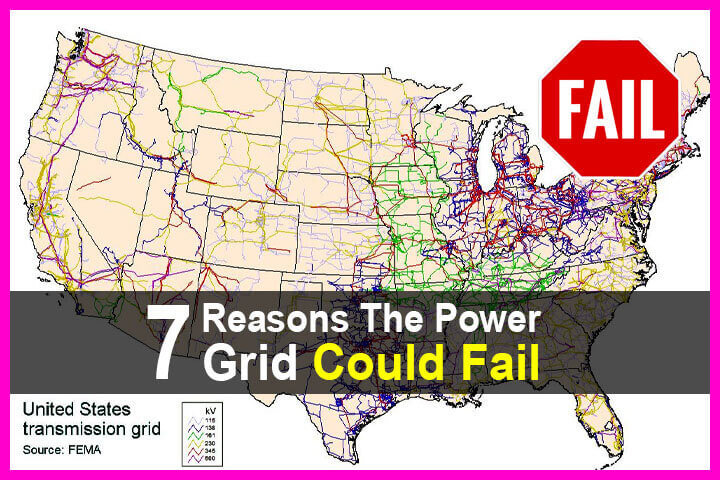Today, the White House Office of Science and Technology Policy released a “Blueprint” for an “AI Bill of Rights.” OSTP had announced this effort in October 2021, saying “Our country should clarify the rights and freedoms we expect data-driven technologies to respect.”
“Designers, developers, and deployers of automated systems should take proactive and continuous measures to protect individuals and communities from algorithmic discrimination and to use and design systems in an equitable way,” the Blueprint states. “This protection should include proactive equity assessments as part of the system design, use of representative data and protection against proxies for demographic features, ensuring accessibility for people with disabilities in design and development, pre-deployment and ongoing disparity testing and mitigation, and clear organizational oversight.”
The five major principles are Safe and Effective Systems; Freedom from Algorithmic Discrimination; Data Privacy; Notice and Explanation; Human Alternatives, Consideration, and Fallback. The document lays out why these principles are critical, examples of where they are violated, and examples of how they’ve been addressed.
The Blueprint notes that individuals must be protected from abusive data practices and calls for data minimization rules, stating “[y]ou should be protected from violations of privacy through design choices that ensure such protections are included by default, including ensuring that data collection conforms to reasonable expectations and that only data strictly necessary for the specific context is collected.”
“The establishment of the core principles that must be met to ensure AI systems serve the public interest, as well as a recognition by the White House of the very real harms automated decision-making systems cause to individuals is a significant step,” EPIC Executive Director Alan Butler said. “The White House has drawn up the blueprint, now it must build the framework to ensure that these principles are put into practice. The Administration must also ensure that systems used by the federal government meet the goals set out in today’s Blueprint.”
EPIC regularly provides comments to the Office of Science and Technology Policy, including urging them to prioritize privacy and civil rights in the use of AI. EPIC works to get common sense protective AI regulation at the local, state, federal, and international level. EPIC has also advocated for data minimization rules.
Last November, EPIC co-hosted a panel event with the OSTP as part of the Bill of Rights for an Automated Society event series. Panelists discussed the role of technological innovation or technology regulation in ongoing debates regarding the criminal justice system and society, notions of public and community safety, and meaningful redress of harm.




